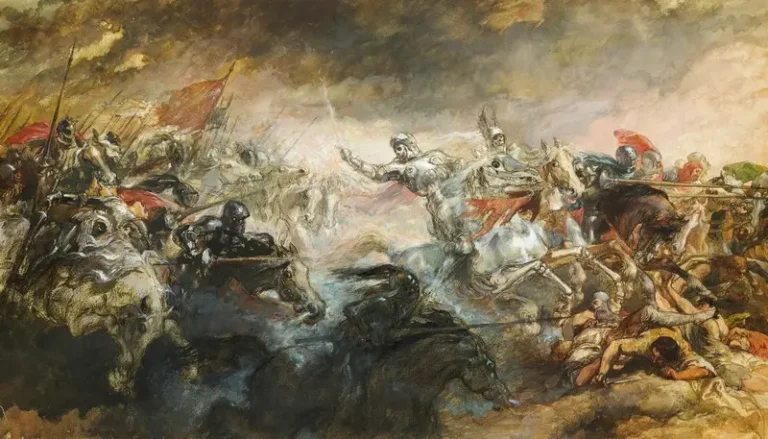In the field of sociology, the concept of “class imagery” refers to the symbolic representation or portrayal of social classes in society. It involves the use of various symbols, images, and cultural representations to depict the different social classes and their characteristics. Class imagery plays a significant role in shaping our understanding of social inequality, power dynamics, and social stratification.
Class imagery is a tool used by sociologists to analyze and interpret the social structures and hierarchies present in society. It helps us understand how different classes are perceived, represented, and interact with each other. By examining the images and symbols associated with different social classes, sociologists can gain insights into the underlying beliefs, values, and attitudes that shape our understanding of class distinctions.
One common form of class imagery is the portrayal of the upper class or elite. This class is often depicted through symbols of wealth, luxury, and privilege. Images of expensive cars, mansions, and designer clothing are commonly associated with the upper class. These images reinforce the idea that the upper class is characterized by material abundance and a high social status. Such imagery can create a sense of aspiration or envy among individuals from lower social classes.
On the other hand, the working class is often portrayed through images of manual labor, blue-collar jobs, and modest living conditions. These images emphasize the physicality of their work and the struggles they face in making ends meet. Working-class imagery can also include symbols of solidarity, such as images of workers’ unions or protests, highlighting their collective struggle for better working conditions and fair wages.
Class imagery also extends to the portrayal of the middle class, which is often depicted as the “average” or “normal” class in society. Images of suburban homes, white-collar jobs, and a comfortable lifestyle are associated with the middle class. This imagery reinforces the notion that the middle class represents the majority of the population and embodies the values of hard work, education, and upward mobility.
Furthermore, class imagery is not limited to material possessions or occupations. It can also encompass cultural practices, language, and lifestyle choices. For example, certain forms of entertainment, such as opera or polo, are often associated with the upper class, while popular culture, such as sports or reality TV, is more closely linked to the working class. These cultural markers serve to distinguish and reinforce class boundaries.
It is important to note that class imagery is not a mere reflection of reality but is constructed and perpetuated through various social institutions, media, and cultural representations. It can shape our perceptions, attitudes, and behaviors towards different social classes. Class imagery can contribute to the reproduction of social inequality by reinforcing stereotypes, prejudices, and stigmatization of certain classes.
Understanding class imagery is crucial for sociologists as it helps them analyze the dynamics of social class and its impact on individuals and society as a whole. By deconstructing and critiquing class imagery, sociologists can challenge the dominant narratives and promote a more nuanced understanding of class relations and social inequality.
In conclusion, class imagery in sociology refers to the symbolic representation of social classes through various images, symbols, and cultural representations. It helps us understand how different classes are perceived, represented, and interact with each other. Class imagery plays a significant role in shaping our understanding of social inequality, power dynamics, and social stratification. By examining class imagery, sociologists can gain insights into the underlying beliefs, values, and attitudes that shape our understanding of class distinctions.





